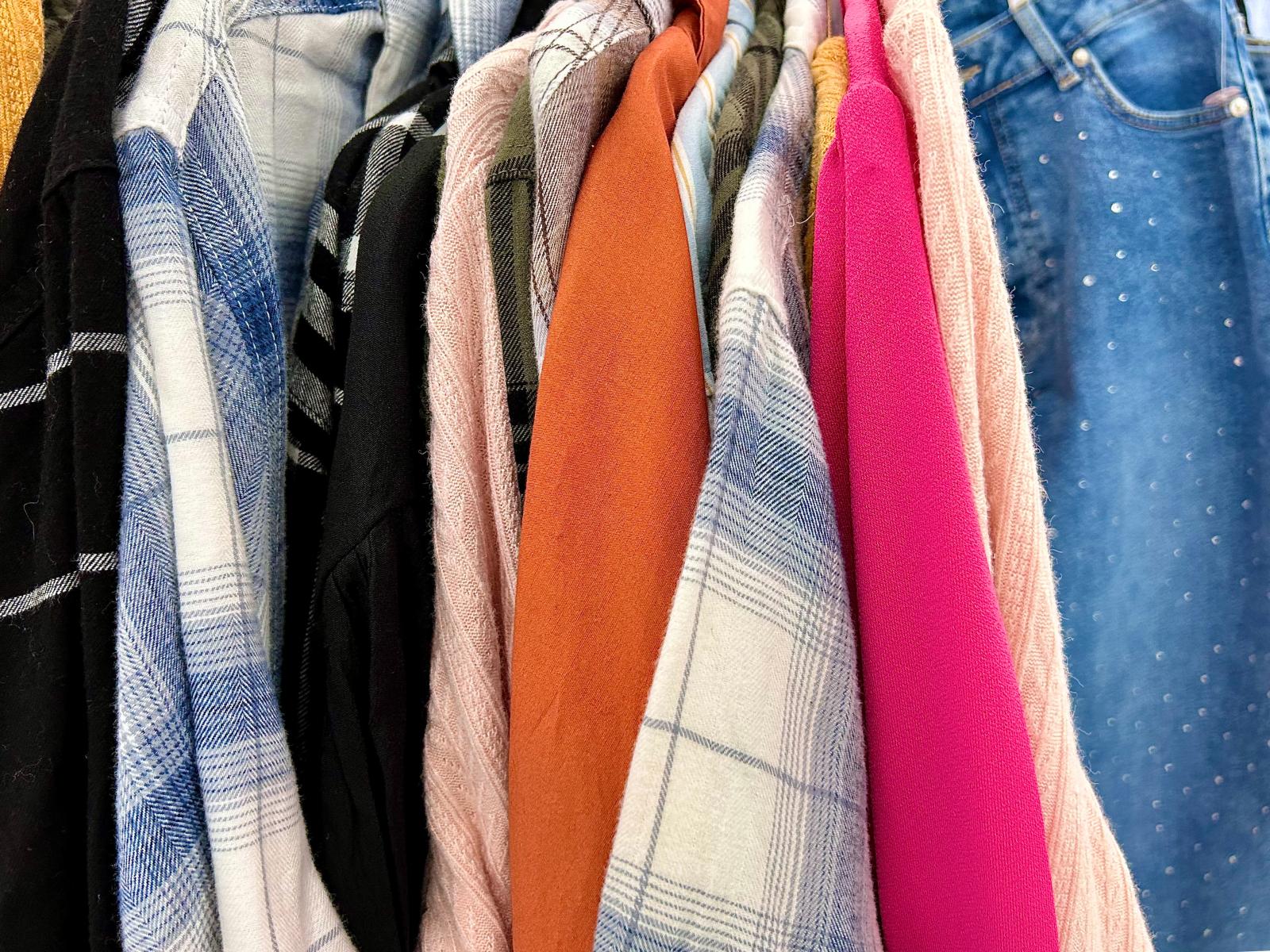Thrifting trends: Sustainable fashion, but at what expense?
Thrifting helps impede climate change, providing cheaper and more sustainable options for the community.
With climate change and the environmental impacts of fast fashion exacerbating the crisis, thrifting can be an environmentally friendly alternative. Thrifting provides many ecological advantages. For instance, donations allow items to be reused, thereby reducing the volume of discarded clothing in landfills. This eco-friendly form of shopping also reduces chemical and carbon pollution by cutting back on the energy employed in the production and shipping process.
The approach of thrifting can be traced as far back as the 19th century, when non-profit organizations sold second-hand clothing in exchange for donations. However, it wasn’t until the Great Depression that more people turned to thrift stores for clothing and household items during this period of financial stress.
Recently, I started noticing the concept of thrifting gaining more attention on social media, specifically TikTok. With the resurfacing of fashion trends such as vintage and Y2K, many of my friends started thrifting to find rare pieces for much cheaper than their original retail value. Because of this, I felt as though thrifting became more of a hobby for people with money, time, and privilege, with less emphasis on its sustainability and, most importantly, its role as a resource for low-income families.
A 2023 report by thredUP, an online consignment and thrift store, revealed that 83 per cent of Gen-Zers have purchased, or are open to purchasing, second-hand clothing—further driving the industry’s growth online by 58 per cent. With this growth in the thrifting industry, it is inevitable for businesses to hike prices upon seeing a consistent upsurge in sales, jeopardizing low-income families’ access to essential items, such as clothing. As much as we love finding rare designer items or retro clothing in our local thrift stores, low-income families don’t have this luxury and should not have to struggle at the expense of our actions.
Prices are not the only problem that’s rising out of this latest trend. Thrift stores have also seen an influx of consumers and an increase in patrons who are willing to donate used items. One might believe this to be confusing and contradictory to the environmental sustainability of thrifting: aren’t donations encouraged? Yes, but in the words of Isabella Grullón Paz for The New York Times, “[…] more choices do not necessarily mean higher quality.” Paz further states that thrift stores, such as thredUP, receive donations from fast fashion companies.
Thrifting items can only uphold their ecological benefit if the pieces can be worn and reused long-term. Yet, most fast fashion clothing is made from synthetic fabric fibres, which stem from fossil fuels. Thus, they often don’t last longer than maybe a few washes in the washing machine, accelerating the climate crisis with fossil fuel expulsions and even harming aquatic animals with the release of synthetic fibre fragments into water systems.
This isn’t to say that we should stop thrifting entirely, because nothing in this world is black or white. It’s crucial to reflect on the ways in which people can exercise their socio-economic privilege. If you have the financial means to afford more expensive items, I highly recommend researching clothing companies that integrate environmentally friendly practices into their production processes. In doing so, environmental stewardship continues to be maintained while providing those with lower incomes with access to essential needs.
Thrifting became trendy for the wrong reasons. Rather than gaining popularity among shoppers to find stylish vintage pieces, the emphasis should have been on its sustainability and cost-effectiveness. Unfortunately, we live in a world that praises excess and distorts it to make us believe that we are shifting towards a culture of mindful consumption but has us hoarding cheap and trendy items. Indeed, thrifting provides its ecological benefits, but shouldn’t be done at the expense of marginalized families. Learn to thrift smarter, not harder.

